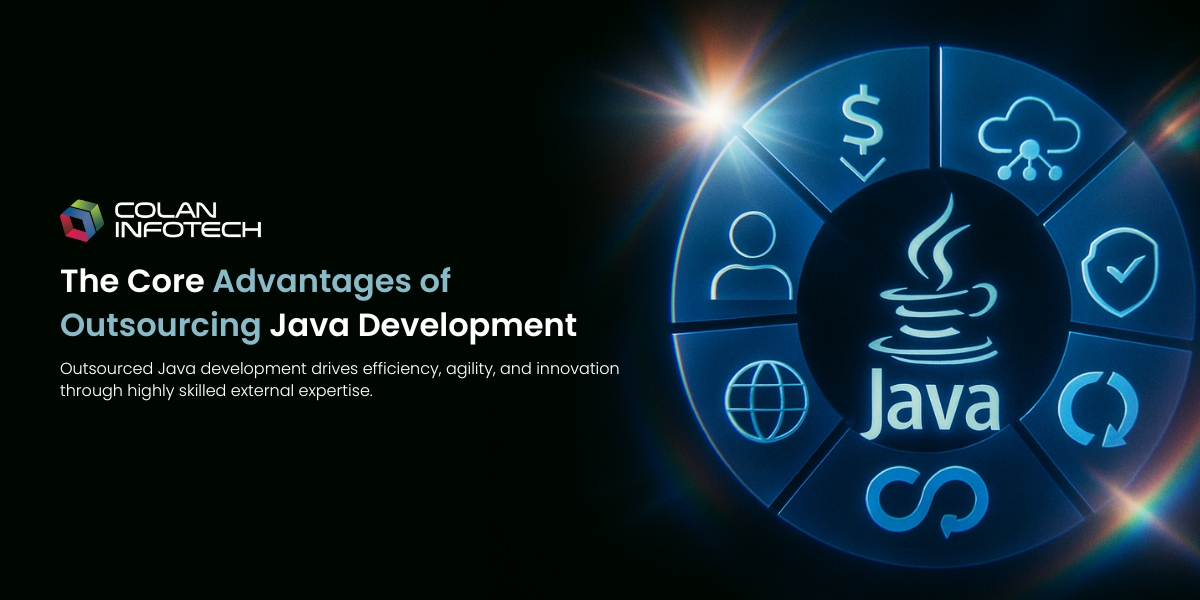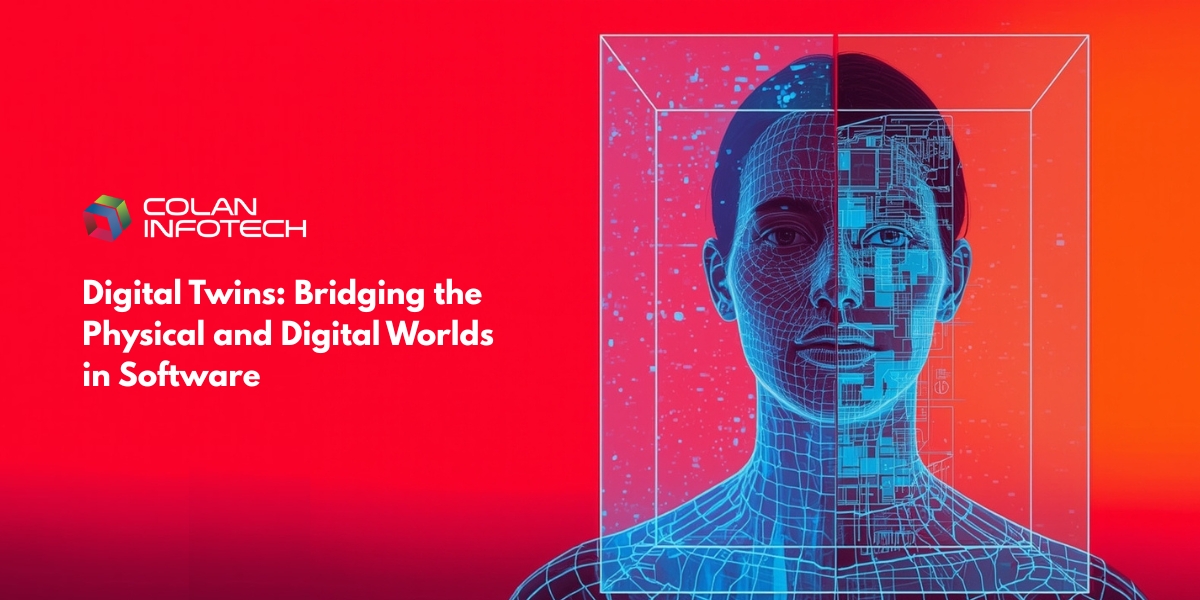Cloud ERP vs Traditional ERP: What to Know

4 min read | By Madhankumar Rajagopal | 15 October 2025 |
Businesses in a variety of industries are incessantly looking for ways to make processes, resources maximization, and decisions promoted to a greater level. The most powerful instrument driving this shift is Enterprise Resource Planning (ERP) software.
ERP solutions integrate key business functions such as finance, human resource, supply chain, procurement, and customer relationship management into a single system. With this, they establish a single source of truth for data and allow businesses to work more cohesively. However, in the ERP adoption scenario, there remains one huge decision that takes center stage: whether to go for Cloud ERP or Traditional ERP.
Both approaches have their own advantages, and an understanding of what differentiates them will allow businesses to make the most informed choice for their goals, budget, and growth strategy.
What is Traditional ERP?
Traditional ERP or on-premise ERP is locally installed software on a company’s hardware and servers. The organization itself maintains the system with hardware support, security, upgrades, and storage.
Developed for this behavior, this model held sway for many years, especially with bigger businesses with the infrastructure to back it up. In a classical ERP system, data would be kept inside the company, and thus absolute control over data and processes was possible.
- Installed and supported on company-owned servers
- Heavy initial investment in hardware and licensing, and so on.
- Internal IT staff to handle upgrading, security, and system performance.
- High control over data and personalization.
What is Cloud ERP?
Cloud ERP is a new approach in which an ERP software is installed on a vendor’s cloud infrastructure and accessed by users over the internet. The access will be through any web browser or an application from mobile phones, therefore, barring huge investment in hardware or big IT support.
Being a vendor-operated system, the software provides automatic updates, patches, and security, automatically! In particular, it is very flexible, scalable, and inexpensive-so, preferred by small and medium-sized businesses as well as large companies that require agility.
- Hosted on the vendor’s cloud infrastructure
- Connected remotely via the internet
- Subscription basis (monthly or annual fees)
- Vendor handles updates, security, and infrastructure
- Scales as the business scales
Cloud ERP vs Traditional ERP: A Detailed Comparison
| Dimension | Legacy ERP | Cloud ERP |
|---|---|---|
| Deployment and Installation | Comprises the acquisition of servers, storage, and network equipment. Installation can take months, apart from time devoted to customization and testing. | Installed quickly, often within weeks. There is no hardware installation; firms are able to start leveraging the system as soon as possible. |
| Cost Structure | Eye-watering upfront investment in infrastructure, licenses, and implementation. Recurring costs include IT staff, upgrades, and maintenance. | Subscription model (SaaS) with periodic monthly/yearly subscription rates. Low upfront cost and reduced IT load. |
| Scalability | Scaling requires more hardware and licensing, which becomes prohibitive and time-consuming. | Highly scalable. You configure your subscription tiers and can immediately add users or functionalities. |
| Customization | Deep customization for very complex needs; deep customization will make upgrades difficult. | Predefined configurations with very little room for customization; extensions and integration can be done. |
| The maintenance and upgradation issue | Manual patching and updating can sometimes prevent upgradation of the system and engender old systems. | Automatic updates, always up-to-date with no downtime. |
| Accessibility and Mobility | Limited to company networks unless sophisticated remote access is implemented. | Accessible anytime, anywhere, on any internet-connected device ideal for global/remotely located teams. |
| Performance and Reliability | Attached to internal infrastructure; can require periodic updates. | High-performance servers, SLA uptime. |
What are the Advantages of Cloud ERP?
Cloud ERP boasts a number of benefits making it a feasible choice for businesses of any size. Cloud ERP stands out from the traditional ERP, with on-premises installation and deep IT involvement, in that it leverages the cloud’s flexibility and scalability to streamline processes and offer efficiency. Among some of the key benefits are:
1. Cost Efficiency
Cloud ERP reduces upfront costs since no huge investment in servers, hardware, or IT infrastructure is needed. Typically, businesses pay an annual subscription fee, which covers usage of the software along with its maintenance and upgrades. Thus, the setting of an annual budget becomes predictable and, as a consequence, cost-effective.
2. Scalability
If the business grows, the Cloud ERP will grow to serve more users, additional modules, or more storage capacity. Such scale-up ability allows organizations to quickly adjust to the rapid pace of change in their requirements without costly upgrade to hardware.
3. Remote Accessibility and Working
Cloud ERP can be accessed with any internet connection, and thus employees can work remotely or from different locations. This brings collaboration, enhances productivity, and promotes business continuity despite working remotely.
4. Automatic Maintenance and Updates
Vendors are responsible for updates, patches, and security upgrades, which maintain the system up-to-date and minimize downtime. This minimizes businesses’ reliance on internal IT staff for upkeep.
5. Faster Implementation
Cloud ERP solutions are often deployable in weeks, not months, and have the potential for time gains in going live. This enables companies to start reaping the advantages of the system sooner compared to traditional ERP implementations.
6. Enhanced Security
Moderately well-known industry giants would provide highly sophisticated protective measures and encryption. Included within such providers are backup solutions for business data whenever the unthinkable might happen. Disaster recovery, therefore, usually consists of the data and may be undertaken by any service provider if needed.
The Future of ERP
The landscape of ERP is evolving at a rapid rate. As work-from-home and digital transformation are now becoming mainstream, Cloud ERP usage is accelerating in industries. At the same time, legacy ERP is not disappearing.
Many legacy systems of large-scale organizations with tested legacy systems continue to rely on it due to the requirement of heavy customization and data control. Some businesses are also set up as hybrid ERP systems by combining cloud-based applications with onsite applications so as to bring forth flexibility and control.
Final Thoughts
Any business which intends to work more efficiently, collaboratively, and forge better decisions requires an ERP in place. So it is actually not about whether Cloud ERP is somehow a little better nor about whether Traditional ERP somehow wins. It is all about what fits a company best. Hence, a company that considers agility, affordability, and simple remote access as top priorities find Cloud ERP more appropriate.
In contrast, the Traditional ERP might be better suited for organizations requiring greater control, high-level customization, and data sovereignty. The current business processes, business expansion, and resources meant for system management are what should be scrutinized before making a choice. Hence, having an ERP system in the line of these requirements will prepare an organization for success in a more competitive, digitally-influenced environment.
The latest from our editors
Join over 150,000+ subscribers who get our best digital insights, strategies and tips delivered straight to their inbox.


